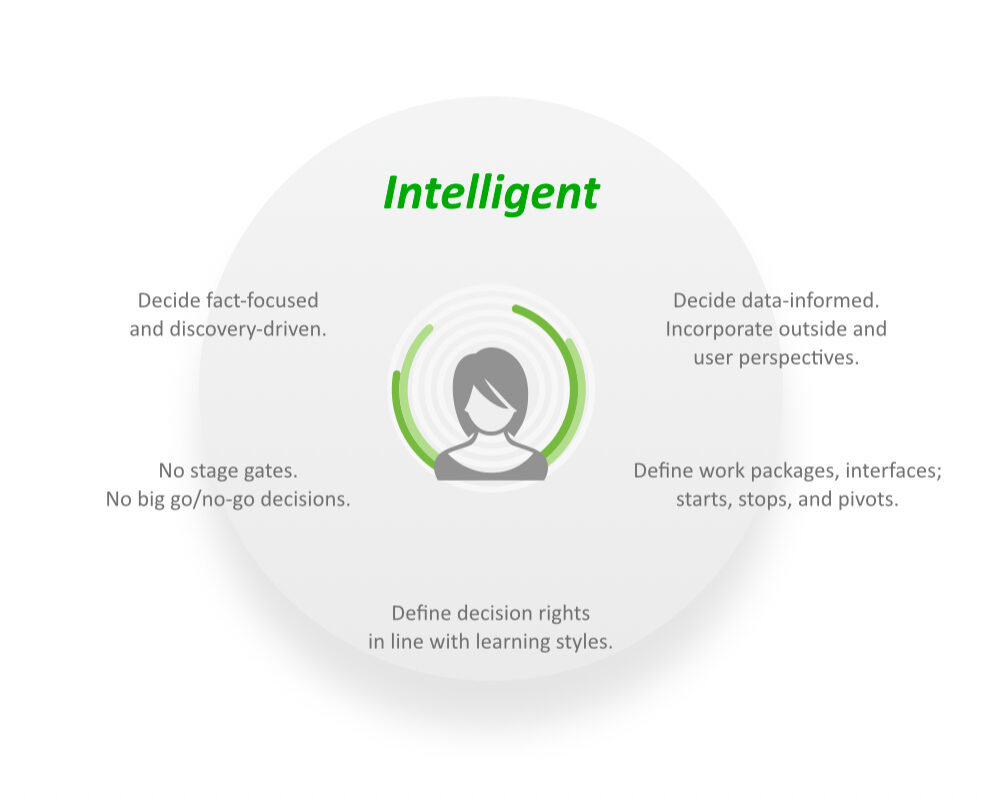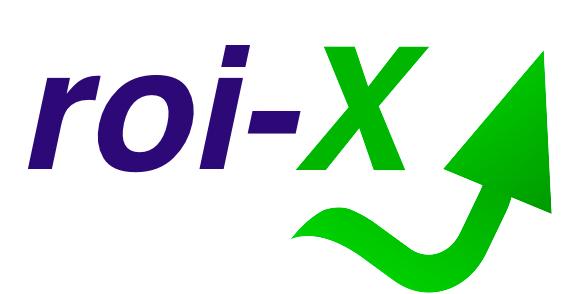Intelligence
Leverage pathways to growth.
Accelerate work.
Unlock new potential
Organizations that consistently train their workforce, advance technology, and optimize data insight speed up time to market and gain market share.
0%
+ 3.6% revenue

Grow systematically
“In a world of more data, the companies with more data literate people are the ones that are going to win.” – Miro Kazakoff, MIT Sloan
Workplace technology continues to evolve rapidly. It augments how we think, talk, explore, and adapt to change. Companies that leverage flexible workplace technologies in alignment with their employees’ expertise and experience can swiftly respond to changing business requirements. Specifically, companies that constantly upskill and empower their workforce while up-leveling scalable technologies are equipped to sustainably transform their business rather than incrementally improve performance. They outpace the competition.
Excel through data,
Every company is an information company, regardless of its industry, whether it sells goods or provides services. Information is disseminated internally or externally with customers, suppliers, and partners. The manipulation and modeling of data is complex and requires competent in-house or external resources. Data mining, or its acquisition, cleansing, integration, and labeling proceed modeling. Data models increase non-affiliated visibility, though they need to provide adequate visualization and access to all users. Quality data models eliminate hidden costs of work complexity and catalyze informed and strategic decisions.
… automation,
A successful business transformation does not necessarily require the latest technology but needs to shift towards it. Digital transformations are business transformations that capture value in step changes via automation and the integration of AI. Digitalization must be tailored to the business goals with all users, internally and externally, in mind. Every company is at a different stage of its journey. New technology needs to be harnessed by all users to scale the business and capture the benefits. Work becomes intuitive and smarter. People evolve to the second pair of eyes to technology, yet human logic and decision-making remain.
… and digital skills.
Technologies and systems are critical competitive components, but people and their capabilities make a real difference. Business success is based on people. Digitalization increases work complexity. 50% of the workforce is over-challenged with any digital transformation. Too much, too advanced, and too widespread technology hinders. Workforces that level up their digital-centric skills become facile and nimble when using digital technologies. Data literacy needs to fit congruently with the organization’s architecture. It is critical to align organizational design elements into a mutually supportive system. Form follows function.
